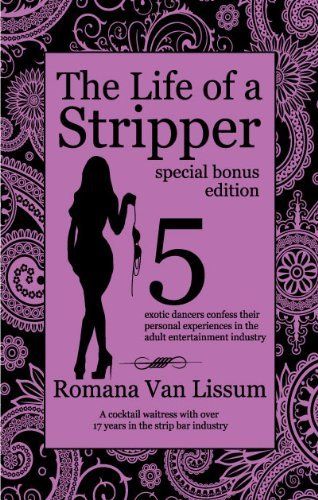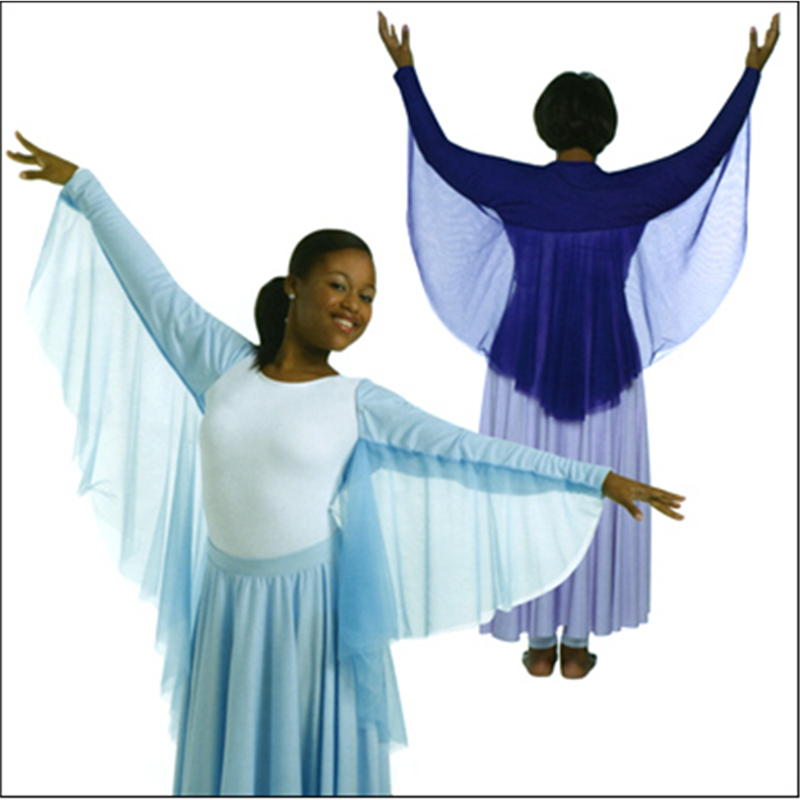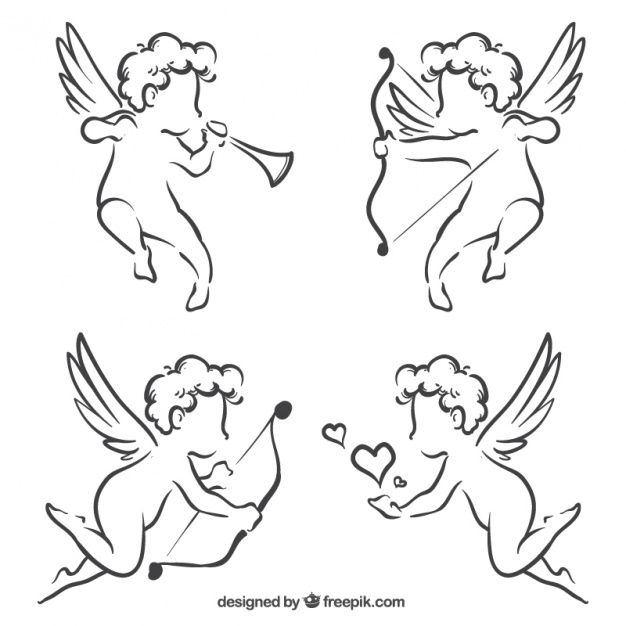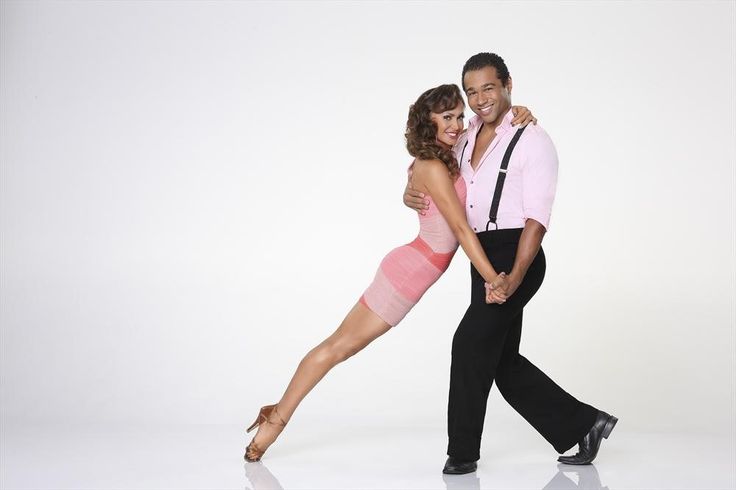How to dance like the peanuts
A Complete Guide to the Dances of A Charlie Brown Christmas
Posted 11 years ago by Tommy Television
I wanted to write something about A Charlie Brown Christmas this year besides a review, something a little more academic. I thought long and hard about something deep and meaningful I could pull from the animated classic, and finally I settled on the awesome dance scene.
I’m sure everyone has imitated at least one of the dances from A Charlie Brown Christmas once in their lives, but I doubt few have mastered them all. Here is your chance.
The Zombie
Who: Shermy
What: A dance reminiscent of a zombie on a treadmill
Requirements: The ability to keep one’s arms aloft for long periods of time.
What Shermy lacked in popularity among the Peanuts clan, he more than made up for in his display of creative dance. He walks in place with arms outstretched and an ever-so-subtle head-bob.
Remember to keep your eyes open while performing The Zombie, because otherwise this dance could easily be confused with The Sleepwalker.
The Flower Child
Who: 3 and 4 (The Twins)
What: An interesting combination of hippie jubilation and traditional Irish Step Dance
Requirements: Strong calves and an even stronger tolerance of dizziness
The twins in A Charlie Brown Christmas are named 3 and 4*, respectively. Along with their odd names they possess an odd style of dance. It looks like the torso of a hippie with the legs and feet of Michael Flatley from Riverdance. That aside, it is an easy enough accomplishment.
One must simply sway from side to side while kicking up the feet in a mesmerizing and headache inducing pattern.
* Source
The Thriller
Who: Frieda
What: A close-but-no-cigar attempt at the classic Michael Jackson move
Requirements: Noodle limbs, large grin, and a purple dress
Frieda is like the many party-goers we often see trying to pull off the iconic move from Michael Jackson’s Thriller. Her enthusiasm is her saving grace. The dance also brings to mind someone pouring water onto a fire from an invisible bucket.
Her enthusiasm is her saving grace. The dance also brings to mind someone pouring water onto a fire from an invisible bucket.
The Marionette
Who: 5
What: A Marionette attempting the Charleston
Requirements: Flexible ankles, and being double jointed is a plus
5 is the big brother of 3 and 4. He also has the distinction of performing what a lot of people refer to as “The Charlie Brown”, a dance that is included in the wedding reception staple The Cha-Cha Slide.
The Armpit
Who: Violet
What: A jerky , sad looking dance involving armpits
Requirements: Bangs
Violet’s dance in A Charlie Brown Christmas looks sad, almost like a unenthusiastic hip-hip-hooray. It also looks like she is checking to make sure she put on her deodorant that morning. Either way, the dance should be easy to pull off if you are too intimidated by the more challenging numbers in this guide. Besides, not everyone’s a natural like Shermy.
Besides, not everyone’s a natural like Shermy.
The Victory Dance
Who: Linus
What: Yesssss!
Requirements: A Blankie, unbridle enthusiasm, and speed
Linus is usually considered to be the intellectual one of the group, but he lets lose in this scene like he just found out he was getting something awesome for Christmas. I first discovered this dance when I was snooping through my mother’s closet and found the unwrapped box of the Mighty Max Skull Mountain playset.
The Rain Dance
Who: Sally
What: Traditional Native American rain dance
Requirements: Elbow/Knee coordination
Sally’s dance almost looks like a variation on Linus’ Victory Dance. I think, however, she is fascinated with rain dances, and wants to see if they will also work to bring snow (and snow days).
In a nutshell, those are the dances of A Charlie Brown Christmas. Now you can attend your Christmas parties armed with the know-how to burn up the dance floor, Peanuts style. You get bonus points if you wear a Peanuts t-shirt while you do it, just don’t forget to send the embarrassing pictures so I can post them in a follow up article.
Now you can attend your Christmas parties armed with the know-how to burn up the dance floor, Peanuts style. You get bonus points if you wear a Peanuts t-shirt while you do it, just don’t forget to send the embarrassing pictures so I can post them in a follow up article.
3040
SHARES
The ‘Charlie Brown Christmas Special’ Dancers You Most Want To Party With
It’s a debate as old as time — or, at least as old as 1965’s “A Charlie Brown Christmas Special.” Of the many revelers throwing down sick moves to “Linus & Lucy” by The Vince Guaraldi Trio, who would you most like to party with?
So as part of our Christmas Special Thunderdome, we set them up in a series of head-to-head battles and asked voters to decide the winner. Here they are, ranked by the percentage of matchups each won:
Who’s the most chaotic fictional football coach? | FiveThirtyEight
11. Sally (30 percent)
Walt: Sally is trying.
Leah: She’s kind of in her own space, having a good time but not drawing me in.
Walt: Nice little one-two step, you know? Basic moves, trucking right along. Go Sally. We have all been there.
10 . The girl in green (30 percent)
Leah: These are pretty hesitant moves, but if she did this with a little more force, she could be rocking a bullfighting/paso doble thing.
Walt: Right, so I have a specific love for the girl in green, mainly because I, like most people, have been to a middle school dance. This is the dance that you do before your friend in the eighth grade tells you to stop using your arms so much.
Leah: My default in those moments was the Twist.
Walt: My default was “I want to punch the air, but the air right above my head, in particular.” I don’t really disagree with this ranking, but I admit I see far too much of my younger self in the girl in green.
Leah: Just so you know, the usual instruction for stage punches is “Punch a parrot on the shoulder of your scene partner. ” You’re pretty close.
” You’re pretty close.
9. Pig-Pen (33 percent)
Leah: On the one hand, you get joyful abandon (plus he’s a musician). On the other hand, you get a dirt cloud even worse than when I hang around smoker friends.
Walt: I worry Pig-Pen may have been disadvantaged by the question.
Leah: How so?
Walt: We asked, “who would you most like to party with?” And the answer is never the filthy bassist, you know?
8. Schroeder (41 percent)
Leah: I mean, it’s clear Schroeder doesn’t want to party with us, so this 41 percent must be the ones who like ‘em coy.
Walt: “I’d never join any club that would have me as a member” is Schroeder’s motto. As far as he is concerned, he’s just playing a bit of piano, the party just comes to him.
Leah: Personally, I’d leave him to Lucy.
7. Linus (48 percent)
Walt: Now we’re getting somewhere. Linus knows what’s up. This is exactly how I dance to “Get Low.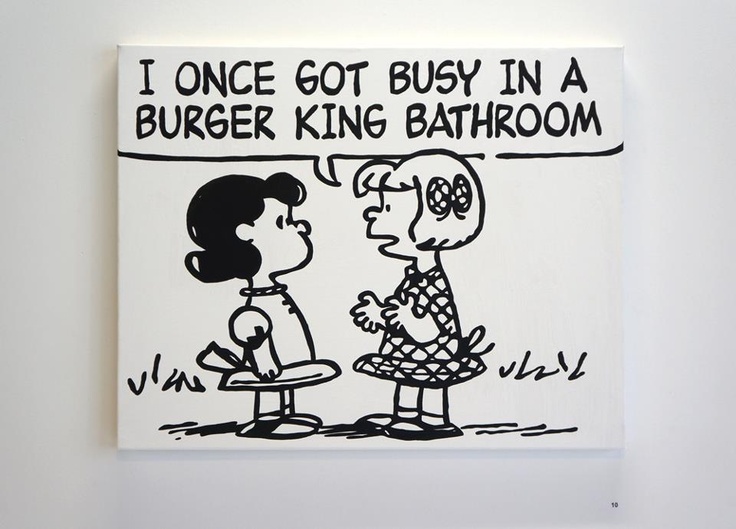 ”
”
Leah: Gotta say, I think there are some good opportunities for partner dance with the blanket. I have some swing moves I could adapt.
Walt: Unpolished, but going for it. I think Linus is underrated.
Leah: I’ll party with him if our readers won’t.
6. The girl with red hair (49 percent)
Leah: I am, of course, in favor of Frieda, because like her I have naturally curly hair. Unlike her, I have (I think) other distinguishing traits.
Walt: She looks like she’s swinging a person around but forgot to get a person. Appropriately rated.
Leah: I am a fan of her exuberance. Minimalism is only for experts.
5. The dude in green (54 percent)
Walt: I love this dude.
Leah: Nice moves, but feels more like a soloist than someone I’m going to dance with.
Walt: Right, like when a random circle opens up on the dance floor, you know this guy would think “my moment has arrived,” and just slay it in the center.
Leah: Exactly. But not the guy I want to spend the whole party with.
Walt: No way. Michael Jackson was lost and alone in 1982, waiting for his next big dance, and then on comes “A Charlie Brown Christmas Special” and presumably the rest is Moonwalk history. True story that I just made up.
4. Snoopy (59 percent)
Walt: WAY OVERRATED.
Leah: I mean, not as great here, but he’s got a pair of aviator goggles.
Walt: Leah, listen to the song “Linus and Lucy,” there is not a guitar part.
Leah: He’s in deep cover to catch the Red Baron’s agents?
Walt: There are two strings on his guitar, Leah. This is a dog phoning it in. He shows up to your party and sits in the corner and says “Hey, do y’all know ‘Wonderwall’?” and drinks all your Bud Heavy.
2 and 3. The girls in pink (64 percent and 65 percent)
Leah: So, twins, I guess.
Walt: I normally hate arbitrarily lumping twins together — they’re two separate people with rich and distinct inner lives! — but this is either some twin coordination or a hungover animator.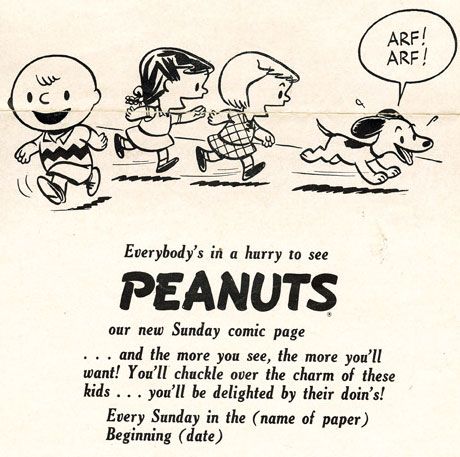
Leah: They’ve got my favorite moves on the floor, so if anyone was going to be copy-and-pasted.
Walt: There’s so much nuance in the moves! At first, you just think, “Oh, they’re waving their arms around,” but then you see the footwork.
Leah: The double taps!
Walt: This was “whip my hair back and forth” decades before Willow dropped the track.
1. This guy in the orange (75 percent)
Leah: See, this is the kind of dancer who can pull off minimalist moves.
Walt: The only reason I would not want this guy at my party is he would hook up with everyone.
Leah: So, are you against meritocracy, Walt?
Walt: Far from it, just intimidated by greatness. This man is a force of nature. Look at the footwork!
Leah: It’s great top to bottom. But not as aggressively showy as the guy in green. If only we knew the name of this background guy to send him an invite to the office bash.
Happy Christmas!
Fitball for childbirth - how does a peanut ball help during epidural anesthesia?
Posted by 2014-10-28T15:34:58Z | Daria Utkina
. It is probably difficult to find a mother or a doctor who would not know that a fitball can help during childbirth. And today we will talk about situations when a woman in childbirth cannot jump on a ball and twist her buttocks graceful eights from oriental dances. In what situations does this happen?- The labor takes a long time and the woman is tired
- Childbirth with epidural anesthesia
- Births where movement is temporarily difficult due to constant CTG monitoring
In these cases, the peanut ball comes to the rescue. You don't have to jump on the peanut ball, it is intended for those who lie in bed and cannot actively move.
Few have heard of him in Moscow, but in American maternity hospitals, the peanut ball is gaining popularity. Study Nurses in Arizona pioneered the use of a peanut ball in childbirth. The report of Christina Tassi from the Banner Good Samaritan Medical Center in Phoenix at the AWHONN conference surprised everyone. When comparing two groups of mothers with normal labor who received epidural anesthesia, it turned out that in the group where they used the ball:
- contractions were 90 minutes faster
- attempts were 23 minutes faster than
- 13% fewer births by caesarean section
It is worth adding that the acceleration of labor with epidural anesthesia passed without a deterioration in the health of newborns and mothers. Of course, further research is required on the magical effect of the peanut ball.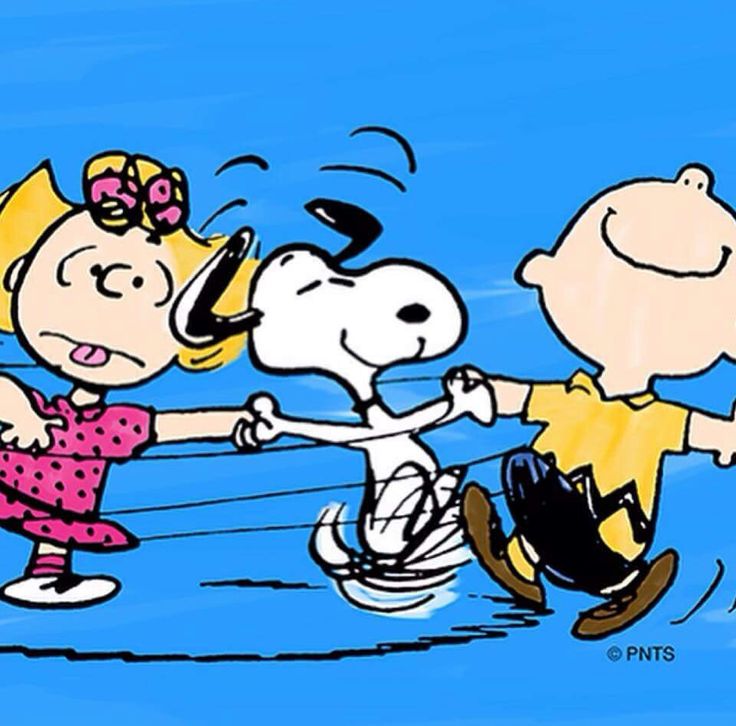 But these first data are very encouraging. Here are two general statements that may be helpful: 1. Lying on your side, foot on the ball. Like: Lie on your side and put your top leg on the ball, and put the bottom one next to it. The ball lies deep enough, under the woman's thigh. You can fix its outer edge (with a blanket or towel) so that the peanut ball does not slip out. Why: In this position, the opening goes well and it is convenient to wait until the baby's head drops if the baby is in the classic position (not the back view). 2. Half-sitting on the back, foot on the ball or on the side, ball between the legs Like: Raise the back of the transforming bed and take a half-sitting position, bend one leg at the knee and put it on the ball. or Lie on your side, put the ball between your legs and move your upper leg slightly forward. The foot can be on the ball, or you can extend your leg and put another pillow or rolled up blanket under the foot for comfort.
But these first data are very encouraging. Here are two general statements that may be helpful: 1. Lying on your side, foot on the ball. Like: Lie on your side and put your top leg on the ball, and put the bottom one next to it. The ball lies deep enough, under the woman's thigh. You can fix its outer edge (with a blanket or towel) so that the peanut ball does not slip out. Why: In this position, the opening goes well and it is convenient to wait until the baby's head drops if the baby is in the classic position (not the back view). 2. Half-sitting on the back, foot on the ball or on the side, ball between the legs Like: Raise the back of the transforming bed and take a half-sitting position, bend one leg at the knee and put it on the ball. or Lie on your side, put the ball between your legs and move your upper leg slightly forward. The foot can be on the ball, or you can extend your leg and put another pillow or rolled up blanket under the foot for comfort. Why: In this position, the pelvis opens up better and children in a non-classical position (posterior view) get the opportunity to take a more comfortable position for birth. Bonus: You can rest on a peanut ball, as on a regular fitball - get on all fours and lean your chest on the ball. Of course, it would be nice to change the position every 30-60 minutes. But if both mother and baby feel good, childbirth is progressing, and you don’t want to change your position at all, you can quite stay in a comfortable position. Where can I get the ball? Experienced doulas advise using a ball 45-55 cm high. Too high a peanut ball is inconvenient to throw legs, and an uncomfortable position is more pain and less desire to continue in the same spirit. In Moscow, the easiest way to order a peanut ball is in an orthopedic store. Here are a few addresses (one, two, three), prices vary from 800 rubles. up to 3500 r. You can bring it to the hospital in a box and inflate it with a pump.
Why: In this position, the pelvis opens up better and children in a non-classical position (posterior view) get the opportunity to take a more comfortable position for birth. Bonus: You can rest on a peanut ball, as on a regular fitball - get on all fours and lean your chest on the ball. Of course, it would be nice to change the position every 30-60 minutes. But if both mother and baby feel good, childbirth is progressing, and you don’t want to change your position at all, you can quite stay in a comfortable position. Where can I get the ball? Experienced doulas advise using a ball 45-55 cm high. Too high a peanut ball is inconvenient to throw legs, and an uncomfortable position is more pain and less desire to continue in the same spirit. In Moscow, the easiest way to order a peanut ball is in an orthopedic store. Here are a few addresses (one, two, three), prices vary from 800 rubles. up to 3500 r. You can bring it to the hospital in a box and inflate it with a pump. Don't laugh, midwife Elena Levillen told us that there was a time (not so long ago, by the way) when they did the same with ordinary fitballs. Author: original article on tres-bebe.ru / illustrations: Hobo Mama, the miracle box, Science & Sensibility
Don't laugh, midwife Elena Levillen told us that there was a time (not so long ago, by the way) when they did the same with ordinary fitballs. Author: original article on tres-bebe.ru / illustrations: Hobo Mama, the miracle box, Science & Sensibility
How to learn to dance shuffle - Lifehacker
Iya Zorina
Author of Lifehacker, athlete, Candidate Master of Sports
Share
0This dance style includes a lot of freedom and improvisation. That is why he is so good. You can master the basic movements in a couple of hours, and then complicate them to infinity and combine them with each other, create your own combinations and spy on others.
Dance in sneakers, socks or barefoot, in any outfit, anywhere.
Master the basic movements of the shuffle
In this style, you do all the basic movements with your feet, the hands most often move freely - according to the heart.
Running man
This is the most basic and essential shuffle movement. You can do it in three different ways.
Full foot
The movement begins by bending your knee and lifting one leg. Next, you need to simultaneously put both legs - supporting and raised - at a distance of one step from each other.
The raised leg is placed forward on a full foot, the standing one behind slips back on the ball of the foot and remains on it - the heel is not placed on the floor. The weight is evenly distributed between the two legs.
After that, it remains to return to the starting position. To do this, the front leg slides back, and at the same time, the back leg is pulled up. You find yourself in the starting position and repeat the cycle. The movement itself is soft and springy: do not stick into the floor, keep your legs relaxed.
Heel
This is a lighter and faster running man look that may be needed for some combinations. Here you put your foot not on the whole foot, but on the heel.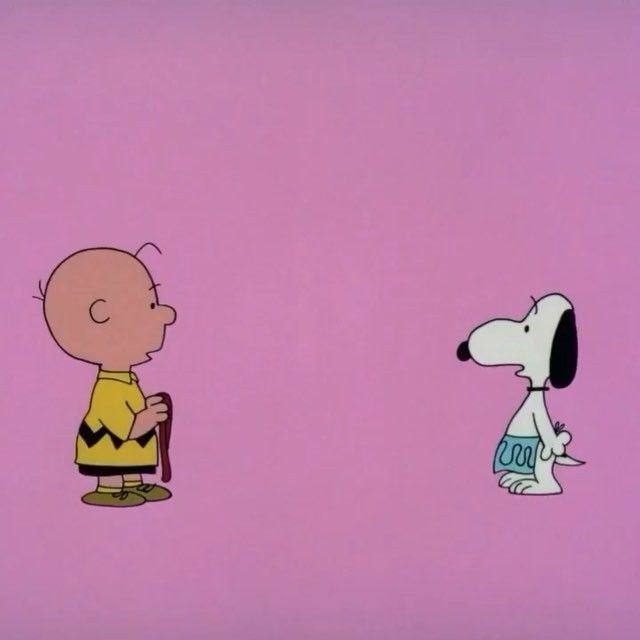 At the same time, the one standing behind remains on the toe.
At the same time, the one standing behind remains on the toe.
On pads
In this variation, the foot is placed forward on the pad. At the same time, the one standing behind also remains on the ball of the foot, and the body leans slightly back.
T‑step
In this movement, one foot constantly makes a “herringbone” - turns the heel in and out - and the second touches the floor and immediately rises back.
When the heel of the skating leg turns inward, the toe of the other leg touches the floor; when outward, the other leg rises, turning the knee inward.
It turns out two positions: closed - when the legs are wrapped with the knees inward, and one leg is raised, and open - when the legs are turned out with the knees outward, and the toe touches the floor. Practice doing the T-step in both directions: slowly at first, then with acceleration.
Rocking
You jump on one foot, and the other touches the floor in different places: on the side of the supporting leg, across, behind - anywhere you want.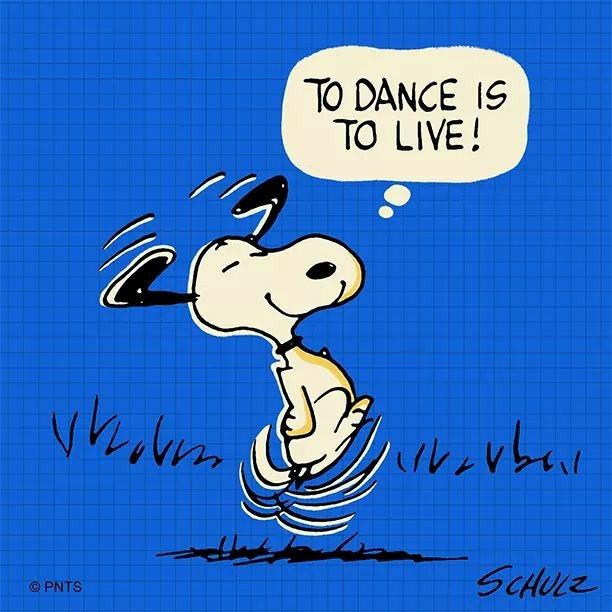 You can put your foot on the toe or on the heel - the latter is called a kick. The supporting leg can simply rise low or perform a T-step - move the heel out and in.
You can put your foot on the toe or on the heel - the latter is called a kick. The supporting leg can simply rise low or perform a T-step - move the heel out and in.
Charleston
To begin, you turn your knees and toes inward and lift one leg. Then turn your toes and knees outward, and put your raised leg forward crosswise. Repeat the same with the other leg.
All movement occurs on the balls of the feet, the heels do not fall to the floor. You can move both forward and backward.
Diamond
First you put your feet crosswise with your toes outward with a jump, then you also spread your legs apart with a jump.
Slides
One leg is straight, standing on the whole foot, the other is with a bent knee on the pad. Leaning on the pad, you slip the foot of a straight leg back, as if wiping the sole on the floor.
Immediately after the slip, you turn around. In the turn, the straight leg bends and goes to the pad, and the one that was on the pad, on the contrary, turns on the heel. After that, it remains only to change legs and move in the same way in the other direction.
After that, it remains only to change legs and move in the same way in the other direction.
Scissors
From the starting position - standing with a raised leg, as in Running man - you turn your hips to the side with a jump and put your legs crosswise.
The front foot is on the heel, the back foot is on the ball. Then you jump back to the starting position and do the same on the other side.
Sidekick
From the starting position, you turn your hips to the side with a jump and spread your legs a step apart from each other. The standing foot in front is placed on the heel, the standing one behind remains on the pillow. Then, with a jump, you collect your legs and do the same on the other side.
Try other variations of the basic shuffle movements
You can perform basic movements in different directions: forward and backward, turning around. This will give you more freedom to improvise.
Variations Running man
Do several times in place and then turn around.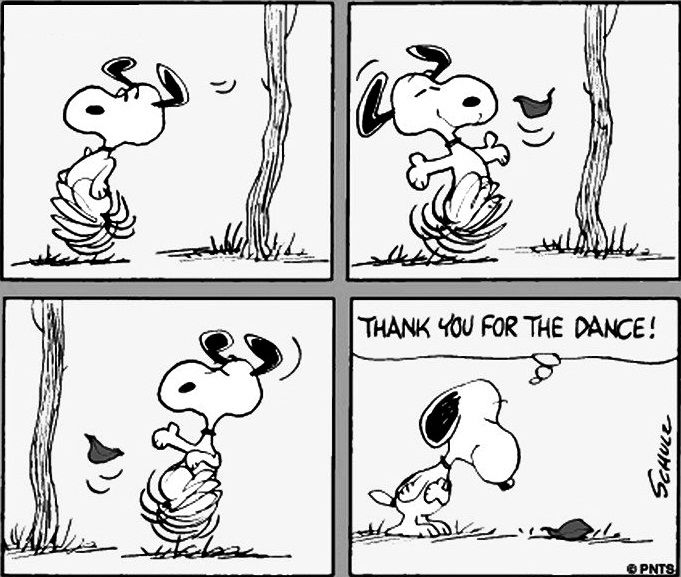 You can also try walking this way to the side. Each time the leg will need to be placed slightly crossed in order to slowly move to the side.
You can also try walking this way to the side. Each time the leg will need to be placed slightly crossed in order to slowly move to the side.
Variations T‑step
You can lower your foot on the toe, on the whole foot, touch the floor to the side of the supporting leg or forward and behind it.
You can also keep the other leg on the floor at all - leave it on the toe and turn the knee in and out.
Variations Diamond
Here one more element is added to the movement – the heel strike. In the starting position, you wrap the toes of the feet and knees inward, and then jump on the heels, turning the socks to the sides.
From this position, without jumping, you turn your toes and knees inward, cross your legs with a jump, turning your feet with your toes outward, and then return to the starting position.
Charleston Variations
After three turns of the Charleston, turn both toes in one direction and then in the other.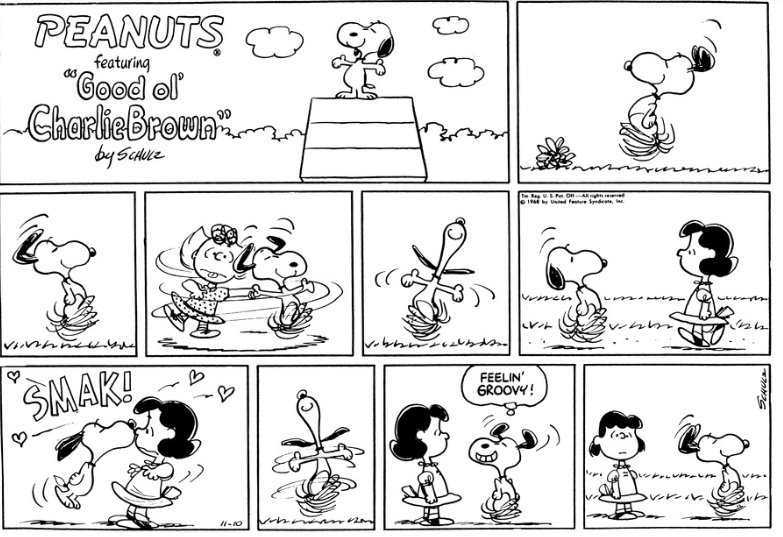 At the end, you can turn the knee to the side.
At the end, you can turn the knee to the side.
Combine familiar shuffle moves
While you lack the skills to move freely and come up with something of your own, learn a few combinations. They contain interesting movements that will replenish your dance vocabulary.
Combination 1
This is a simple combination of two basic movements - Running man and T-step. First take five Running man steps, then four T-steps to the side and repeat the same in the opposite direction.
Combination 2
Another combination of two basic movements. Here you do three Running mans, then one T‑step with a back foot touch, and two front heel touch kicks. The same on the other side.
Combination 3
There are no standard steps, but there are already familiar Sidekick and transition from heels to toes.
Learn more difficult combinations
We will add some videos with good combinations.
1. Cool video for beginners: movements are repeated in slow motion to make it easier to dance to the music.
2. And here the combination is analyzed step by step in slow motion, dividing it into three parts. Very comfortably. Look for more on this channel, there are several such analyzes.
3. No slowdown here, just a great combination. But you already know almost all the movements, so you can figure it out. If something is not clear, watch the video at a speed of 0.25.
Pick up the music and improvise
Surely you have favorite songs to shuffle to. Include them and start with basic movements: just do the Running man and periodically add different elements when you want. Move in different directions, relax and have fun.




